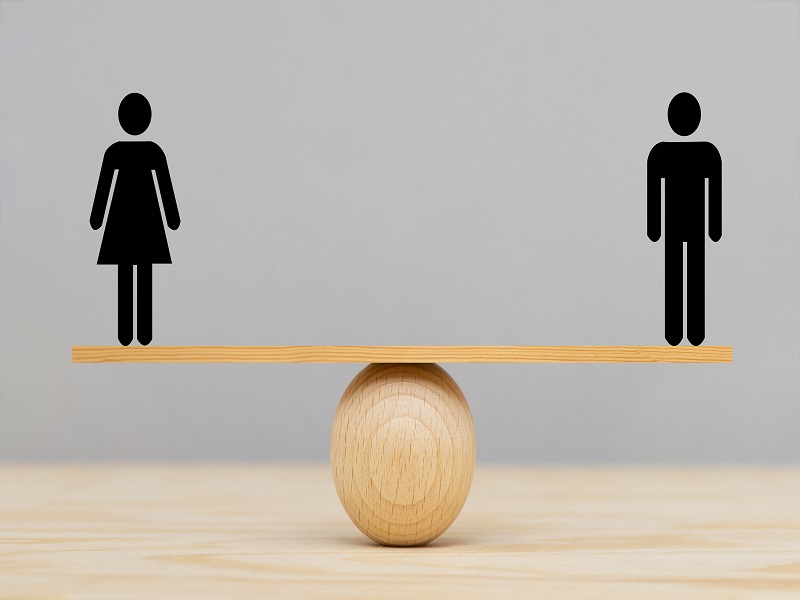

Last October, Ontario’s pay equity office reported Canadian women received an average of 18 per cent less retirement income than men in 2020, which is three per cent higher than the gap observed in 1976, the earliest year for which data is available.
How has progress moved backwards in the past 44 years, even though women are claiming a seat at the table and employers are making strides in closing the pay and pension equity gaps?
Steps such as the Pay Equity Act, which came into effect in August 2021 in Canada, are encouraging measures to help close these gender gaps. The legislation requires federally regulated employers to ensure workers receive equal pay for work of equal value and employers have three years to develop and implement proactive pay equity plans. It will be interesting to see what these plans entail and whether they’ll provide concrete solutions to narrowing the gap.
Read: How employers can help shrink Canada’s gender pension gap
The report by the pay equity office also highlighted that the pension gap is still very under-researched and more work needs to be done to understand it. However, given this is such an important and relevant topic, it’s difficult to fathom why more funding hasn’t been put forth to study and narrow the gap.
Retirement security has become a point of concern for most Canadians, so women shouldn’t be forced to start saving with a disadvantage. A 2021 report by Mercer Canada found women retire with 30 per cent less wealth than their male counterparts. It noted, on average, women experience a retirement savings gap of 0.81 per cent, which means they need to work two years longer than men to be ready for retirement.
Taking a leave of absence or switching to part-time work can hinder workers’ pension contributions. Though roles are shifting, gender norms still exist and women are usually the ones taking caregiver or parental leave or stepping down to part-time work.
Read: New pay equity legislation aiming to close gender wage gap
Career advancement and frequent compensation analysis are some reasonable solutions to help women who take time off, but it seems not enough companies are implementing these solutions. A Statistics Canada report found women held just 19 per cent of board seats in 2019. This was a slight increase from 18 per cent in 2018, but the numbers are still too low to facilitate real change.
When women do take caregiver or parental leave, measures should be put in place to ensure their retirement savings remain on par with their male counterparts. As we head into 2023, employers can use this time of reflection and goal-setting to really examine how to further narrow the wage and pension gaps.
